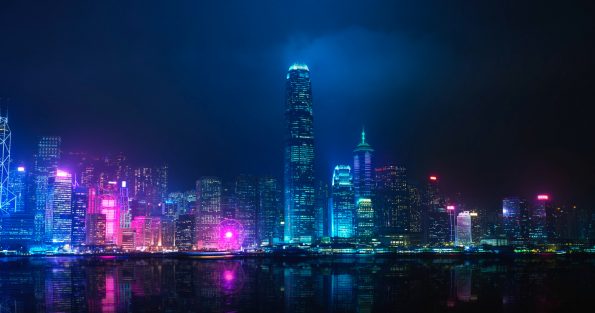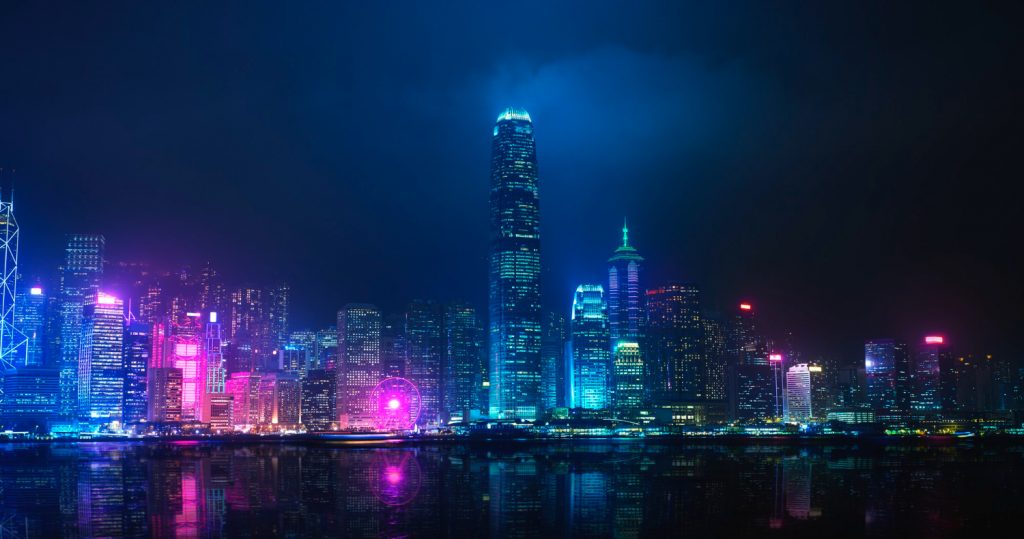The Future of Cities: Imagining the Metropolises of the Next Century
According to the World Economic Forum, roughly 60 percent of the world’s population lives in a city. And they predict that by the end of the 21st Century, that figure will jump to 85 percent.
In some ways, this demographic concentration has been fruitful for humans. It’s helped us create increasingly complex systems of industry. It’s fostered diversity, openness and community. It’s helped spur innovation. And it has housed academies, think tanks and incubators to solve pressing problems of the day.

Credit: rawpixel.com Via Freepik
But it has also created problems. The constant choreography of commuters has clogged the roadways and polluted the air. Inefficient logistical systems carrying food and other goods from surrounding areas have caused similar issues. Civic politics is often too slow to keep pace with the shifting demands of its populace. And some city planners can’t see the proverbial forest for the trees, creating inhuman environments bereft of green space.
As almost 9 out of every 10 humans move to the city, how will we improve them? What will – what can – the metropolises of the future look like? Thankfully, futurists are helping city planners and urban businesses learn strategic foresight practices. Here are a few areas of future cities they explore:
Decreasing Car Dependence for Liveable, Walkable Communities
One of the major trends right now in city planning is the “15-minute city,” a vision of urban spaces that de-emphasizes automobiles and recenters human movement. It aims to ensure that everyone living in a city can meet their basic needs within a 15-minute walking radius.
This will take some effort. Currently, parking spots outnumber cars in the US eight to one – a holdover from parking minimum mandates and inefficient public transit planning, among other things. These sprawling, often vacant lots create distance barriers in communities. Imagining future cities will require us to repurpose these spaces as community centres, commercial hubs and medical services spots; it will also involve creating intuitive public transit systems and robust bike lane infrastructure.
Incidentally, scaling back urban car dependence will also have positive environmental effects, so future cities and their communities can expect a twofold boost in value.
Leveraging Emerging Technologies for Efficient Logistics
AI, big data and machine learning might be on the bleeding edge of logistics right now, but cities of the future will need to dig their heels in deeper.
As mentioned, 8.5 out of every 10 people will live in a city. That means requiring a massive influx of food, consumer goods, construction equipment, etc., from rural and suburban areas. Right now, it isn’t uncommon for a fulfillment truck to pick up a consumer good in a city, transport it to a rural fulfillment center, and then double back to drop it off at an urban doorstep. This inefficiency (and inefficiencies like it) cause undue urban congestion and pollution.
But AI and predictive analytics can help change that by optimizing routes. Similarly, eco-fulfillment solutions like green fleets should become the norm.
Dynamic Approaches to Services and Initiatives
Historically, there has been a “bureaucratic lag” between what citizens want and the actionable steps civic planners can take to actuate those desires. This lag is a holdover from a bygone era of juggling incomplete data and manual communication with the need for clear lines of accountability.
Cities of the future can close that gap. Using technologies like big data and streamlined communication systems for citizens (online opinion polls, social media, etc.), civic policymakers can instantly adapt to citizen needs, creating a more dynamic and personalized urban experience.
Cities have always required human imagination – from the first time someone erected a public fountain to the first 5G cities. How bold we are with our imagination of future cities will dictate how liveable, sustainable and accommodating cities can be in the future.

